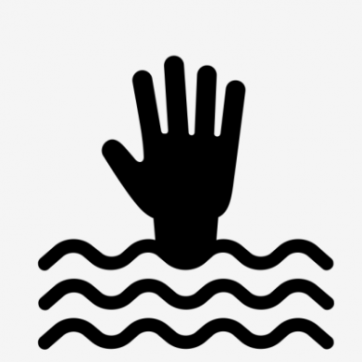Improved assessment of flood risks and hazards to build safer, more resilient European cities

SaferPlaces employs innovative climate, hydrological and hydraulic, topographic and economic modelling techniques to assess pluvial, fluvial and coastal flood hazard and risk in urban environments under current and future climates.
Risk-information is an essential element of urban planning. It can be used to make informed decisions about climate adaptation strategies that maintain stability and promote economic growth, health and social care at the same time as they mitigate risk.
SaferPlaces service (delivered via an app) is designed to:
- help identify and assess flood risk mitigation measures and plans
- inform climate adaptation and disaster risk reduction strategies
- foster multi-stakeholder agreements and partnerships
- generate new business opportunities and incentives for behavioural and land-use change, for example introducing nature- or ecosystem-based solutions such as natural water retention and urban requalification to an area.
The project is currently piloting in Rimini (IT), Pamplona (ES) and Cologne (DE). Results will be available in summer 2019 and a beta version of SaferPlaces from September 2020.
Problem
Climate change will amplify extreme precipitation (rain) and flooding in many European regions. Water, together with storms, is a major natural hazard to urban areas. Flooding – pluvial, fluvial and/ or coastal – causes tremendous physical as well as economic damage. Recent research put the cost of flood damage from a single 60mm/ one-hour rainfall event in Rotterdam and Leicester at more than €10 million each[1].
Stakeholders from cities, insurance and utility companies who want to pre-empt disaster typically start with two (huge) challenges. How to:
- analyse current and future hazard and risk
- quantify the economic impact of a flood in a specific place or space.
Solution
The SaferPlaces project team is making open data (from sources including Copernicus and Oasis Hub), flood hazard and risk models available in a simple web app. It’s simple but not unsophisticated. Modelling techniques – from climate to hydrological and hydraulic, topographic and economic – will paint the fullest possible picture.
The app will democratise available information and facilitate dialogue between interested stakeholders. Users will be able to:
- make informed assessments of urban environments in current or future climate scenarios
- dramatically reduce the cost and time currently associated with modelling and assessing flood hazard and risk.
Impact
Better evaluation of flood hazard and risk will help stakeholders identify new opportunities to prevent/ protect urban areas from flooding. Those opportunities will result in safer places as well as economic opportunity.
The SaferPlaces team hope the app’s capability will act as a lever of change, motivating stakeholders to make behavioural and land-use changes that include nature- or ecosystem-based solutions such as natural water retention and urban requalification.
Where does Climate-KIC fit in?
Stefano Bagli, SaferPlaces project lead and CEO, Amministratore Unico, GECOsistema srl says: “EIT Climate-KIC funding was used to establish the consortium for this demonstrator project, after a 2018 pathfinder. Fewer partners were involved in that project. Climate-KIC has provided lots of assistance, helping us grow the project and bring more people in.”
[1] Source: Understanding the Costs of Inaction–An Assessment of Pluvial Flood Damages in Two European Cities, MDPI

